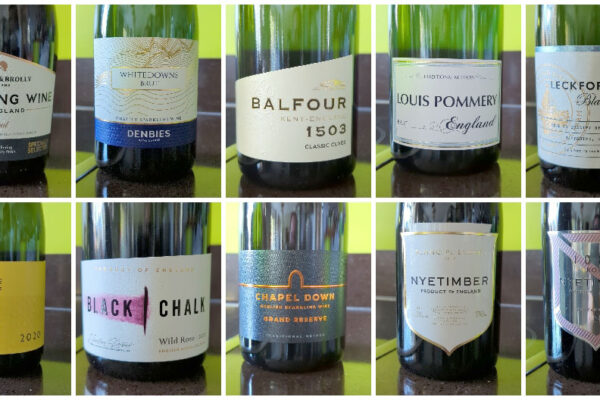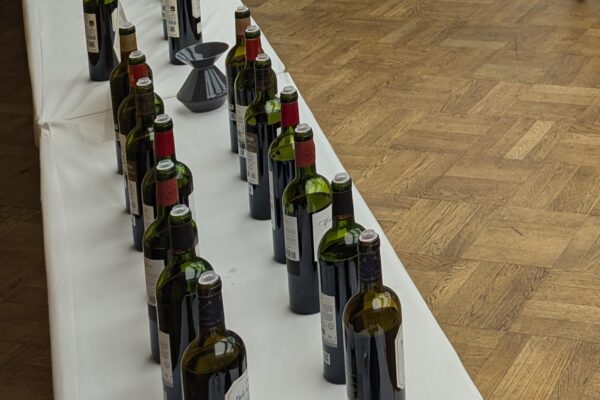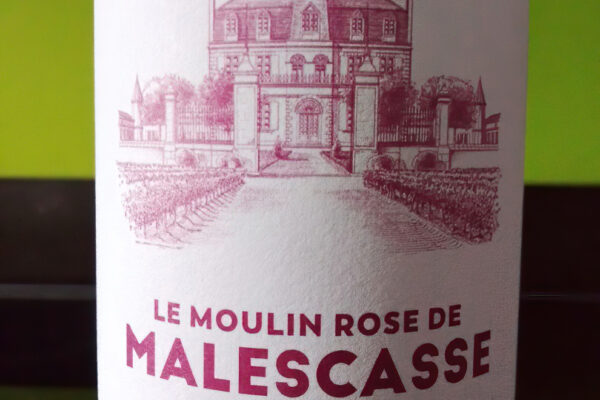The European wine industry is facing a significant threat following US President Donald Trump’s warning of a 200% tariff on EU wine imports. Trade bodies on both sides of the Atlantic have expressed alarm, warning that such a move would devastate European wine producers and severely disrupt the transatlantic alcohol trade.
Ignacio Sánchez, secretary general of the European wine sector association CEEV, has warned that the proposed tariff would effectively shut down the US market for EU wines. The US currently accounts for 27% of the EU’s wine exports, worth around €4.53 billion annually, making it the largest destination for European winemakers. Sánchez stated that no other market could compensate for such a loss, highlighting the deep reliance of the European wine industry on US consumers.
The threat from Trump follows the European Union’s announcement of new tariffs on US products, a response to Washington’s decision to impose taxes on European steel and aluminium shipments. In a social media post, Trump accused the EU of imposing unfair tariffs, particularly targeting a 50% levy on American whiskey. In retaliation, he vowed to introduce a 200% tariff on wines, champagnes, and other alcoholic products from EU countries, claiming that it would benefit US wine producers. “This will be great for the Wine and Champagne businesses in the US”, Trump wrote.
As an aside, this statement reflects a misunderstanding or deliberate disregard of a fundamental reality: the US does not and cannot produce Champagne. By law, Champagne is a specific sparkling wine that can only be made in the Champagne region of France, under strict production regulations. The name “Champagne” is protected under the EU’s system of geographical indications, which ensures that products with a regional designation maintain their authenticity and quality. While the US does produce sparkling wine, it does not produce Champagne in the legal or traditional sense. Despite this, many Americans mistakenly refer to any sparkling wine as “Champagne”. Many European visitors to the US, including myself, have experienced being offered “Champagne” that was actually a sparkling wine from another region.
Brussels plans to implement its tariffs in two stages, starting on 1 April and becoming fully effective by 13 April. The EU’s list of targeted goods includes American whiskey, gin, beer, rum, tequila, and non-alcoholic dairy-based drinks. SpiritsEurope, an industry body representing European distillers, has criticised the move, warning that the alcohol trade should not be used as a bargaining chip in unrelated political conflicts. It stressed that free trade in spirits benefits both the US and the EU, and reintroducing tariffs would harm businesses, workers, and consumers on both sides.
US industry leaders have also voiced their concerns. Chris Swonger, CEO of the US spirits trade association DISCUS, urged President Trump to reach an agreement with the EU that would restore tariff-free trade, arguing that this would help create American jobs and boost exports for the country’s hospitality sector.
The potential fallout of the tariff war is already being quantified. The Italian wine trade association Unione Italiana Vini (UIV) estimates that US tariffs could cost Italy’s wine industry nearly €1 billion in lost exports. Italy, the second-largest wine producer in the EU, stands to lose approximately €472 million in direct exports to the US, with further knock-on effects in other markets impacted by American trade policies.

Data from the American Association of Wine Economists (AAWE) shows that major wine exporters such as France, Italy, and Argentina have significant exposure to the US market. France exports $2.35 billion worth of wine to the US, representing 18.4% of its total wine export value. Other countries are even more dependent on American consumers, with New Zealand sending 37.8% of its wine exports to the US, followed by Argentina (26.7%) and Italy (22.7%).
Trump’s approach to international trade is often shaped by his broader strategy of unpredictability, sometimes described as the “madman theory.” By making extreme threats, he aims to keep other nations off balance, increasing his leverage in negotiations. Whether this latest tariff warning is a serious policy proposal or a negotiating tactic remains unclear. None of this might happen or it might only happen for a short time. However, if it goes ahead and persists for a significant time, the European wine industry could face severe economic consequences, with no easy alternatives to replace lost US sales.













